Disclaimer: This blog post contains affiliate links. If you make a purchase through these links, I may earn a small commission at no additional cost to you. Learn More. Thank you for supporting our garden community.
Growing Lavender from Seed: A Guide for Fragrant Blooms
Last Updated: July 19, 2024
Have you ever dreamt of a garden filled with the soothing fragrance of lavender, but feel daunted at the prospect of growing lavender itself? You’re not alone. Many gardeners shy away from the challenge, fearing it might be too complex or their efforts will not come to fruition. However, with the right knowledge and a bit of patience, you can transform those tiny seeds into a vibrant field of lavender. This guide is crafted to help you in growing lavender from seed, ensuring your garden is both enjoyable and successful.
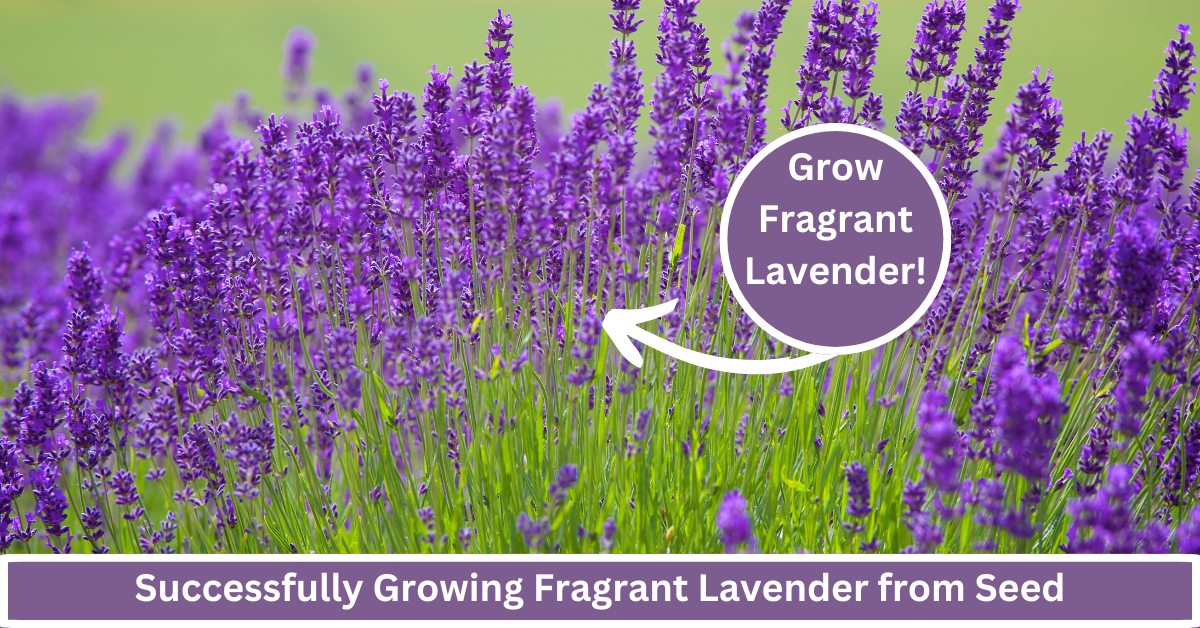
As gardeners, we are often frightened at the thought of growing various plants from seed, as opposed to buying mature plants from the nursery.
Many people say that you are not a true gardener unless you start EVERYTHING from seed. That is not true; I don’t even do that!
Although you don’t have to start every single plant from seed, it can be a rewarding experience to witness the full growth of different garden plants, from seed to maturity.
Try not to let these myths get to you, but also try to put some more effort into your gardening experience.
Growing Lavender From Seed
Here’s what you will learn from reading this post:
- Seed Selection and Preparation: You will learn how to select the right variety of lavender seeds for your garden, and the importance of using quality seeds from reputable sources. You’ll also gain insight into the initial preparations needed, including soil composition and timing for indoor germination.
- Germination Techniques: This post provides detailed instructions on how to sow lavender seeds correctly, emphasizing the need for light in the germination process and maintaining the ideal soil moisture. It offers practical tips which encourage successful seed germination.
- Transplanting and Outdoor Care: You will discover how to carefully transition your lavender seedlings from an indoor environment to their final outdoor location. It covers acclimatization techniques, the importance of choosing a sunny, well-drained spot in the garden, and optimal planting arrangements to ensure healthy growth of the lavender plants.
- Maintenance Tips for Lavender Growth: This article delves into the ongoing care of lavender, including watering schedules, fertilization needs, and annual pruning practices. You will learn how to manage your lavender plants to encourage robust growth, prevent common issues, and maximize flower production for a beautifully fragrant garden.
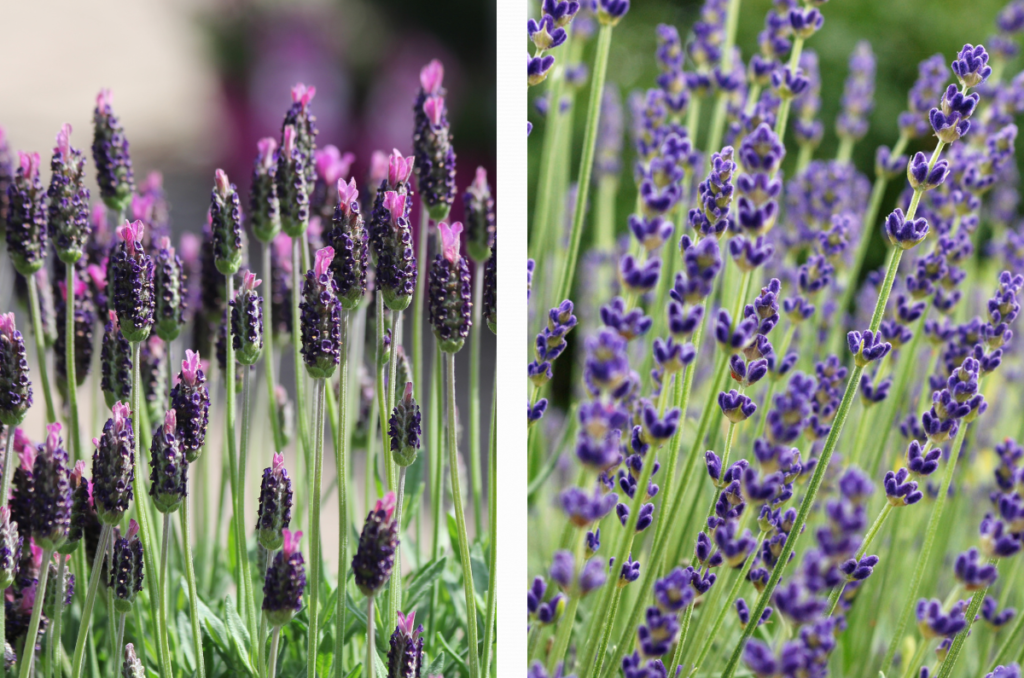
Choosing the Right Lavender Seeds
When growing lavender from seed, it’s important to consider all the variables to choose a variety. Consider your daily sunlight hours, your maximum and minimum yearly temperatures (hardiness zone), and your soil conditions.
- Selecting Your Variety: There are several varieties of lavender. For beginners, Lavandula angustifolia (English lavender), known for its sweet fragrance, is a great choice. This variety is tolerant of most climates and soil conditions, being hardy down to zone 5. Along with other lavender varieties, English lavender is very drought tolerant and can survive hot summers.
- Buying from Reputable Sources: To ensure quality and germination rates, check out SeedsNow. SeedsNow is an online seed company that focuses on quality over anything else. They carry only organic, non-GMO seeds that are tested for quality and guaranteed to grow in your garden.
Choose a lavender variety that will grow well in your climate and that can tolerate your growing conditions. But above all, choose a variety that you like!
Check out this article from Epic Gardening that talks about 31 different lavender varieties.
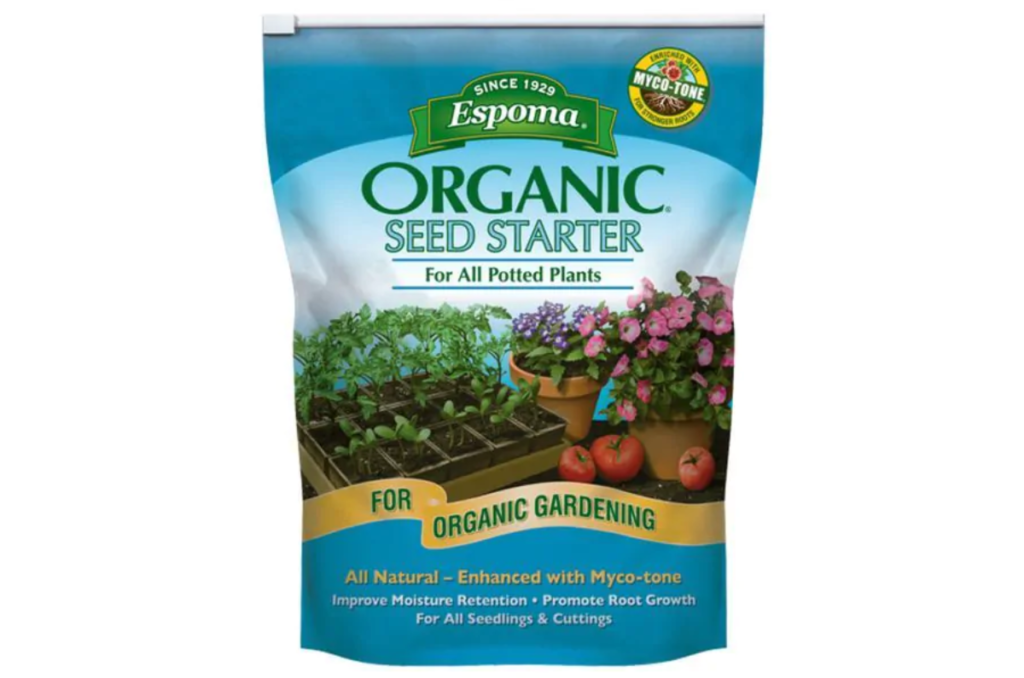
Preparation Is Key: Start Indoors
Lavender is a long-season crop and can be relatively slow to grow, especially from seed. That being said, it’s important to start your seeds indoors to give them a head start on the growing season.
- Timing: Start your seeds indoors about 8-10 weeks before the last frost date. This gives them the right amount of time to get established before the harsh outdoor conditions.
- Soil Prep: Use a well-draining, light soil mix to aid germination. It’s important to use a well-draining soil mix, such as this seed starting mix from Espoma Organic, as it prevents the seeds from rotting in the soil.
- A Personal Touch: I had more success when I added a thin layer of sand to the top of the soil, mimicking lavender’s natural gritty habitat. Lavender is native to the Mediterranean region, meaning they prefer very loose, sandy, and less-than-ideal soil.
Sowing Your Seeds for Optimal Growth
- The Right Depth: Lavender seeds should be sown on the surface, as they need light to germinate. Gently scatter a few on the surface of your filled seedling cells.
- Cold Stratification: Lavender seeds require a cold period in order to germinate, mimicking their natural cycle. This can be achieved by placing the seedling cells (soil, seeds, and all) into the fridge for 2-3 weeks. After this period, move the cells to a warm area to continue growth.
- Keep Them Moist: Use a spray bottle to keep the soil moist but not soggy, avoiding burying the seeds beneath the soil.
- Patience Pays Off: It can take 2-4 weeks for lavender seeds to germinate. Keeping them in a warm, bright spot after stratification accelerates growth. Please be patient!
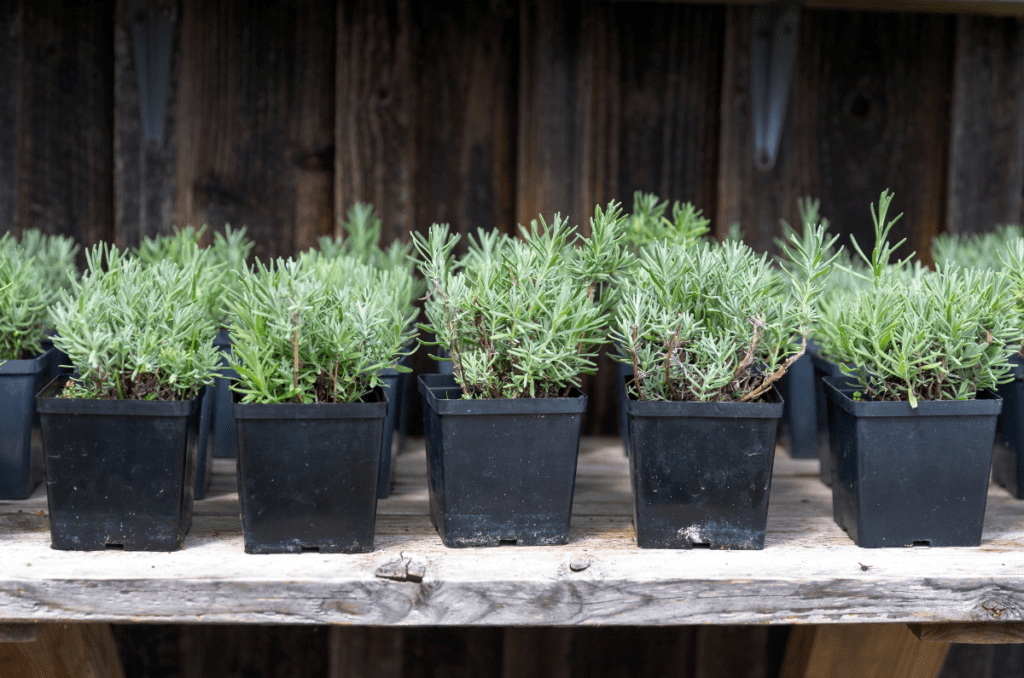
The Transition: Moving Lavender Outdoors
As your lavender seedlings get ready to move into their forever home outdoors, it’s important to make the transition smooth. The conditions indoors are nothing in comparison to the conditions outside in your garden.
- Acclimatization: Gradually introduce your lavender plants to outdoor conditions to prevent shock. Do this over a period of 1 week, increasing the number of hours outside by 2 each day. (Ex: first day seedlings out for 2 h, second day seedlings out for 4 h, third day 6, and so on until you reach 1 week). Linda from Garden Betty.com shares her tips for hardening off seedlings here.
- Location, Location, Location: Choose a spot with full sun and good drainage. Lavender thrives in dry, sandy environments. I would say that the more sun you give lavender, the better they grow. If you can get away with 10-12 hours of sunlight per day, do it!
- Containers: Lavender plants thrive in containers because of their excellent drainage. Containers and grow bags dry out quicker than raised beds, allowing your lavender to grow beautifully. Additionally, you can move the containers with the sun every day to allow for better exposure.
- Spacing for Success: Plant seedlings about 18 inches apart to allow for air circulation and growth. This will give them enough space to grow to their full size.
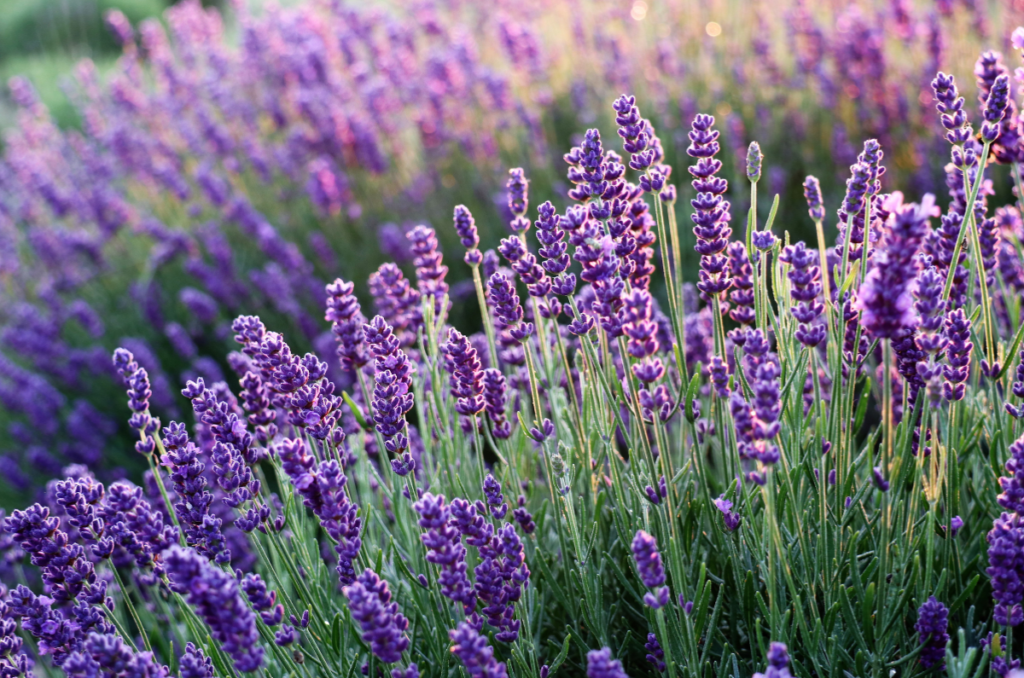
Ongoing Care for Thriving Lavender
- Watering Wisdom: Lavender does not like wet feet. Water only when the soil is dry to the touch. To learn more, check out our post on watering tips and techniques.
- The Fertilizing Debate: Generally, lavender requires little to no fertilizer. If your soil is very poor, opt for a small amount of slow-release, phosphorus-rich organic fertilizer. I also add a thin layer of compost every spring to my lavender to facilitate healthy growth.
- Pruning Practices: Pruning early and annually encourages robust growth. Trim back in spring to shape the plant and promote new growth.
Check out The Real Gardener on YouTube to learn more!
Discussion Questions
- What varieties of lavender are you thinking of growing? Which ones have you grown in the past?
- Share your experiences or challenges you’ve faced while growing lavender from seed in the comments below!
Frequently Asked Questions
Lavender seedlings should be kept moist but not waterlogged. Watering them with a spray bottle can prevent the seeds from being buried too deep by heavy watering. Always allow the topsoil to dry out slightly between watering.
Lavender seedlings should be hardened off and then transplanted outdoors when all risk of frost has passed and they have several sets of true leaves, typically in late spring or early summer.
Lavender requires full sun to thrive, aiming for at least 6 to 8 hours of direct sunlight daily. A south-facing position is ideal for maximized sun exposure.
Lavender grown from seed can take one to two years to produce flowers. Patience is key, as establishing a strong root system and foliage in the first year will lead to beautiful blooms in subsequent years.
Even More Gardening Ideas
Here are a few more posts to get the ball rolling in your garden!
- 10 Most Fragrant Flowers for Your Garden
- How to Grow Peppers this Summer
- Companion Planting Chart PDF
Products
For all-purpose organic fertilizers, check out Arber.
To buy organic, non-GMO lavender seeds, check out SeedsNow.
For a wide selection of perennial garden plants, check out Nature Hills Nursery.
For gardening equipment, check out Bootstrap Farmer
Conclusion
Growing lavender from seed can be a gratifying horticultural endeavor that requires a blend of patience, care, and attention to detail. From the precise art of germination to the joy of witnessing your first blooms, the process is an intimate journey with nature.
It can take time before lavender rewards you with its full splendor, but the lush, fragrant blossoms are well worth the wait. By following the guidelines addressed in the commonly asked questions above, you’re equipped to start your own tranquil lavender oasis.
If this guide has ignited a spark to start your lavender-growing journey or if you have insights and experiences to share, we’d love to hear from you. Leave a comment below, share this post with your fellow gardening enthusiasts, and don’t forget to sign up for our newsletter for more gardening tips and tricks. Your dream of a lavender-filled garden is just one seed away!
This post was linked to in Ridge Haven Homestead’s Homestead Blog Hop 507, so check them out to learn more!
If you want to learn more about gardening, foraging, nature, and sustainability, check out The Real Gardener on Instagram, YouTube, and Pinterest.
Pin this post for later:
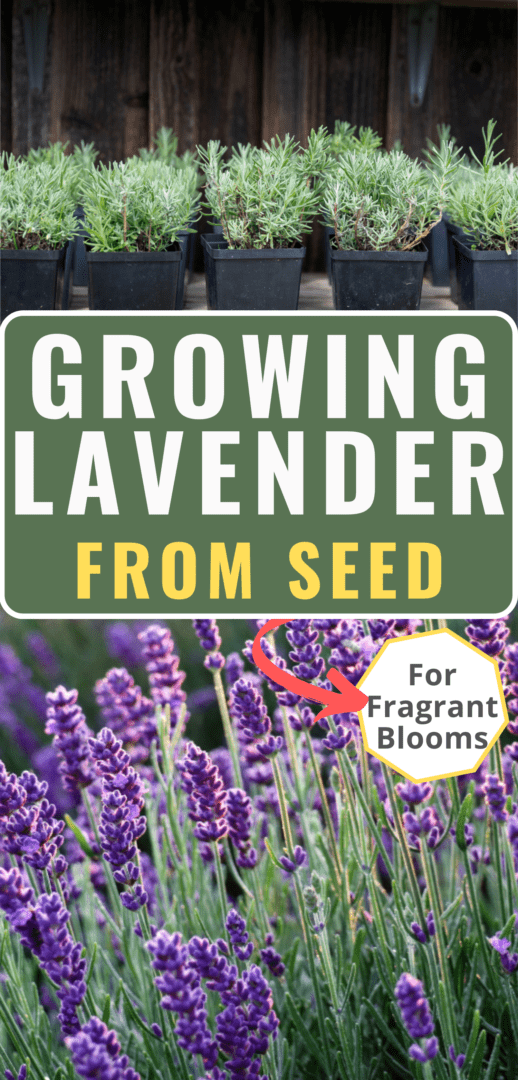
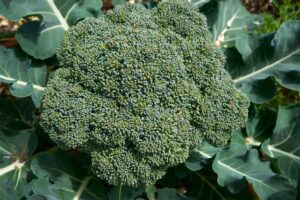
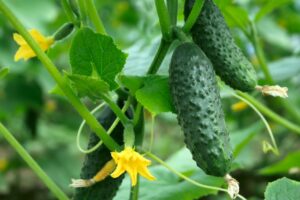
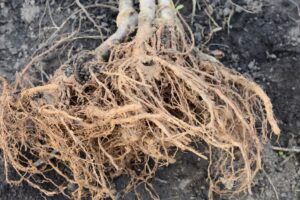
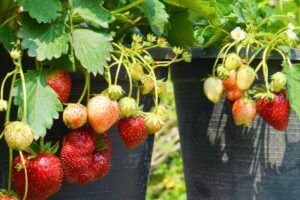
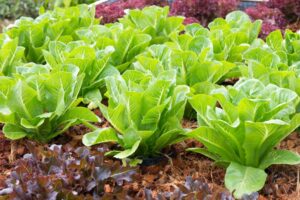
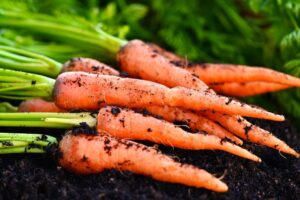
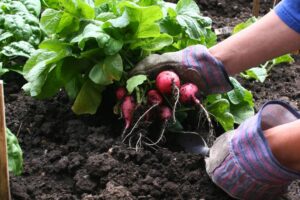
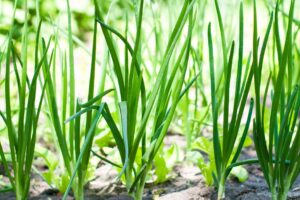
Leave a Reply